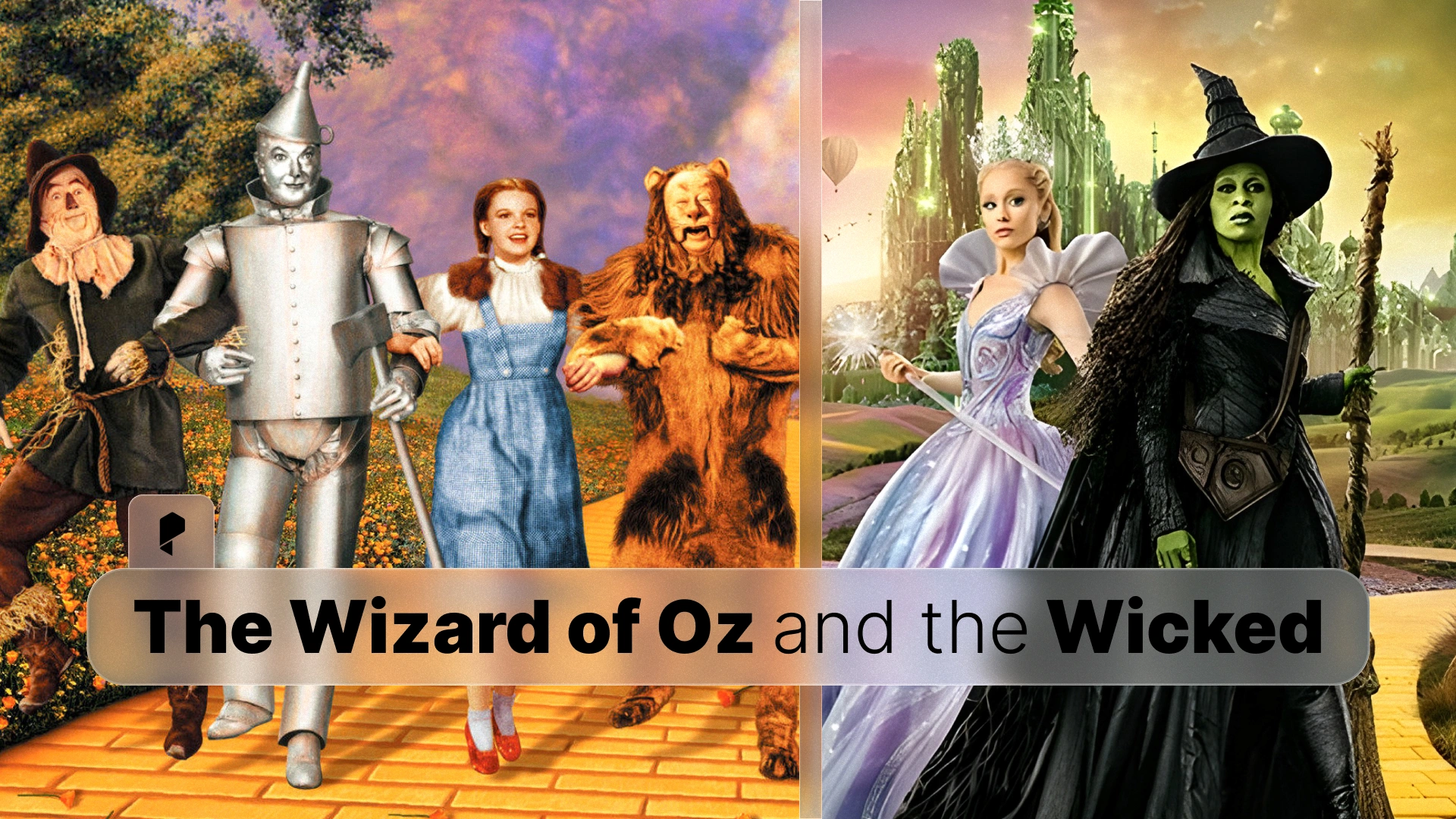Close-Up vs Medium Close-Up: When and Why to Use Each in Your Films

- Understanding the Close Up Shot in Cinematography
- What is a Medium Close Up and How is it Different from a Close Up
- Why Use Close Up Shots in Films
- Techniques for Framing Close Up Shots in Cinematic Composition
- When to Use Close Ups vs Medium Close Ups in Your Film Scenes
- Practical Examples of Close Up and Medium Close Up Shots in Films
Understanding the Close Up Shot in Cinematography
Close-ups are commonly used to reveal a character’s emotions, thoughts, or reactions, making them a critical part of storytelling. The use of a close-up shot helps to build connection and empathy with the character, particularly when it’s focused on the close-up of someone’s face. This kind of shot is effective because it isolates the subject from their surroundings, making the viewer focus entirely on the subject’s emotional state.
For more on how different camera angles contribute to storytelling, you can check out our article on Explaining Different Types of Camera Angles from Cinema.
What is a Medium Close Up and How is it Different from a Close Up?
The key distinction between a Close Up and a medium Close Up lies in their focus and emotional impact. A Close Up shot isolates the subject, intensifying the emotional connection with the viewer, while a medium Close Up provides a wider shot that retains emotional focus but also brings in a bit more of the environment or other characters. Understanding when to use a medium Close Up versus a Close Up shot depends on the narrative needs—whether you want to emphasize the subject’s feelings or the broader context in which they exist.
Why Use Close Up Shots in Films
In particular, how to use Close Up shots in movies to create drama or tension is an essential skill for filmmakers. A well-timed Close Up shot can heighten a moment, turning a simple gesture or expression into a powerful statement of the character’s internal state. This is especially true for close up of someone’s face, where every micro-expression can carry immense weight. The ability to shoot a Close Up effectively can significantly affect how an audience perceives the narrative and the characters’ emotional arcs.
You can take your shots even further with specialized effects like those available through Optic FX, which can add unique visual styles and layers to your Close Up shots.
Techniques for Framing Close Up Shots in Cinematic Composition
The camera angle plays a key role in how a Close Up shot will affect the audience. A slightly elevated angle, for instance, can make the character appear vulnerable or weak, while a lower angle can make them look more powerful or imposing. Another effective method is using depth of field to isolate the subject from the background, making their emotions stand out even more. The background should be blurred or neutral, ensuring the focus remains solely on the subject’s face.
Another important aspect of framing Close Up shots for dramatic effect is to consider the subject’s eye level. Eyes are crucial in communicating emotion, so ensuring that the subject’s eyes are framed properly—either looking directly into the camera or towards something off-screen—can enhance the shot’s power. Using the rule of thirds, positioning the eyes at the upper third of the frame, can also make the composition more dynamic and visually appealing.
In addition to framing techniques, using tools like the Fish Eye Lens Effects can alter the perspective and provide unique visual options for your Close Up shots, adding an extra layer of creativity to your cinematic composition.
When to Use Close Ups vs Medium Close Ups in Your Film Scenes
In contrast, medium Close Ups are often used in scenes where emotional nuance is still important but the director also wants to provide more visual context. A medium Close Up is perfect for conversations between characters, allowing the viewer to see facial expressions while also capturing body language and surrounding elements. This type of shot balances intimacy with context, giving a fuller picture of the character’s emotions without entirely eliminating the surrounding environment.
Both shot types have their place in storytelling, and the decision of whether to use a Close Up shot or medium Close Up often depends on the emotional tone and narrative goals of the scene. A medium Close Up may be used to set the scene or show a character’s interaction with others, while a Close Up shot is employed for moments when the character’s personal emotions are the focal point.
Practical Examples of Close Up and Medium Close Up Shots in Films
In contrast, a film like The Godfather often uses medium Close Up shots in dialogue scenes to establish a balance between character expression and the physical environment. The medium Close Up of Vito Corleone at the start of the film offers insight into his thoughtful and calculating nature while still allowing the viewer to see the broader setting, such as his office and the other characters present. This shot type helps to establish character relationships and situate the action within the larger world.
By examining these close up shot examples in cinematography, filmmakers can better understand how to use these shots effectively. A Close Up shot can amplify the emotional impact of a moment, while a medium Close Up can provide necessary context without sacrificing emotional connection. The key is choosing the right shot to match the emotional tone and purpose of the scene.
Conclusion
Understanding the difference between Close Up and medium Close Up shots is crucial for any filmmaker looking to effectively convey emotion and narrative through cinematography. Whether you’re focusing on a Close Up of someone’s face to capture a pivotal moment or using a medium Close Up to show character interaction and space, these shots are versatile tools that enhance storytelling. By mastering how and when to use these shots, filmmakers can ensure that their audience is fully engaged, emotionally invested, and immersed in the story.
As with all cinematic techniques, the key lies in thoughtful application. Whether you’re shooting a dramatic Close Up shot or a more contextual medium Close Up, each shot should serve the story, bringing the emotional depth of the characters to life and enhancing the narrative in ways that words alone cannot achieve.
If you buy something through our links, we may earn an affiliate commission or have a sponsored relationship with the brand, at no cost to you. We recommend only products we genuinely like. Thank you so much.





